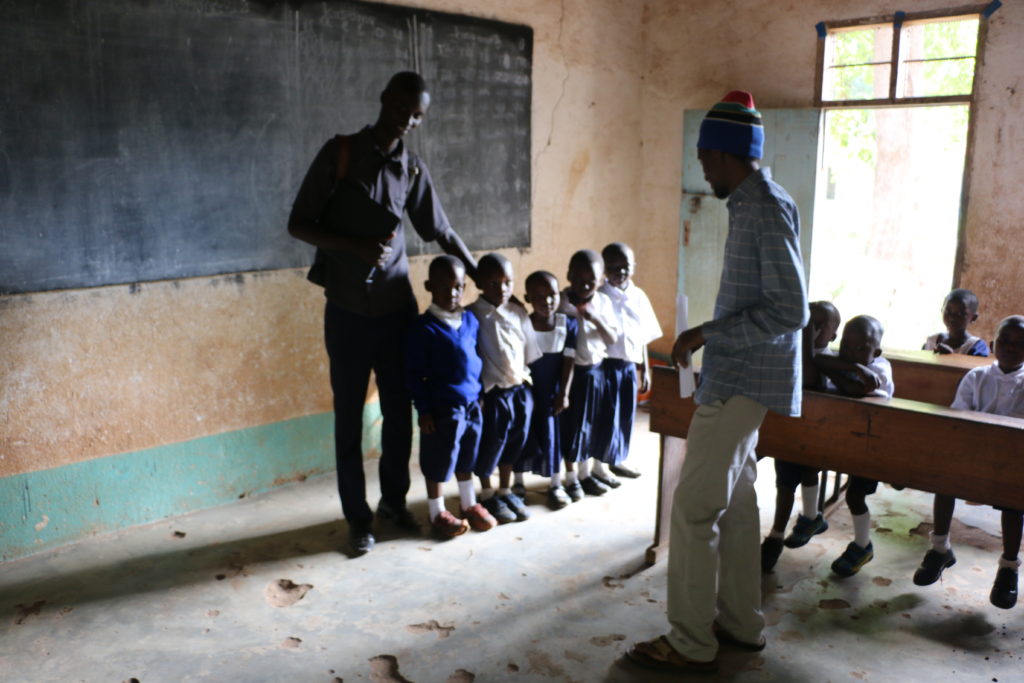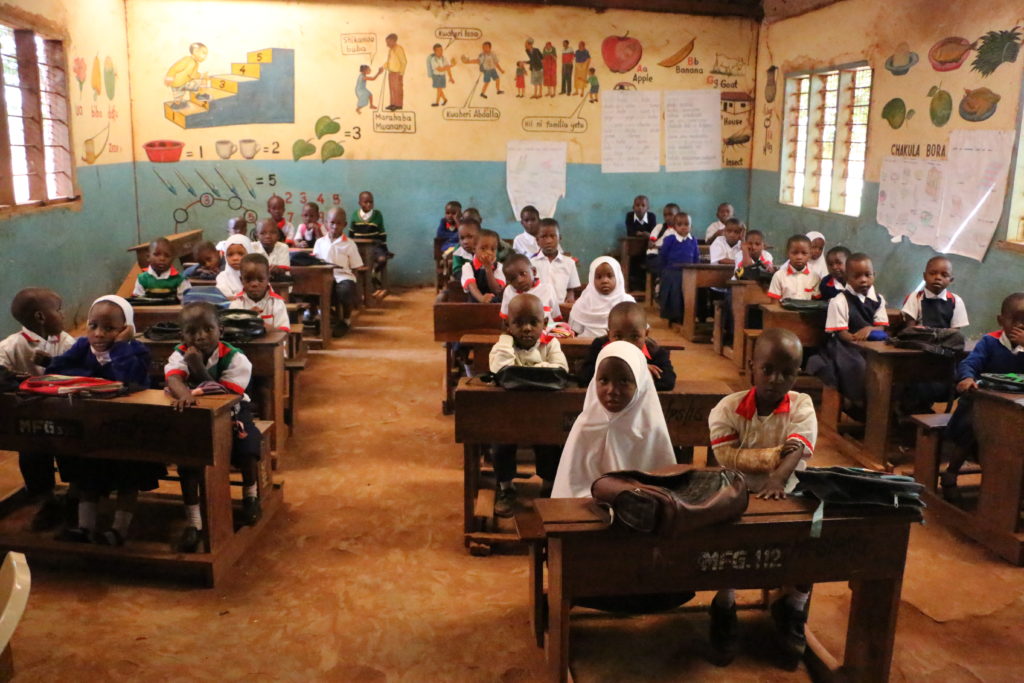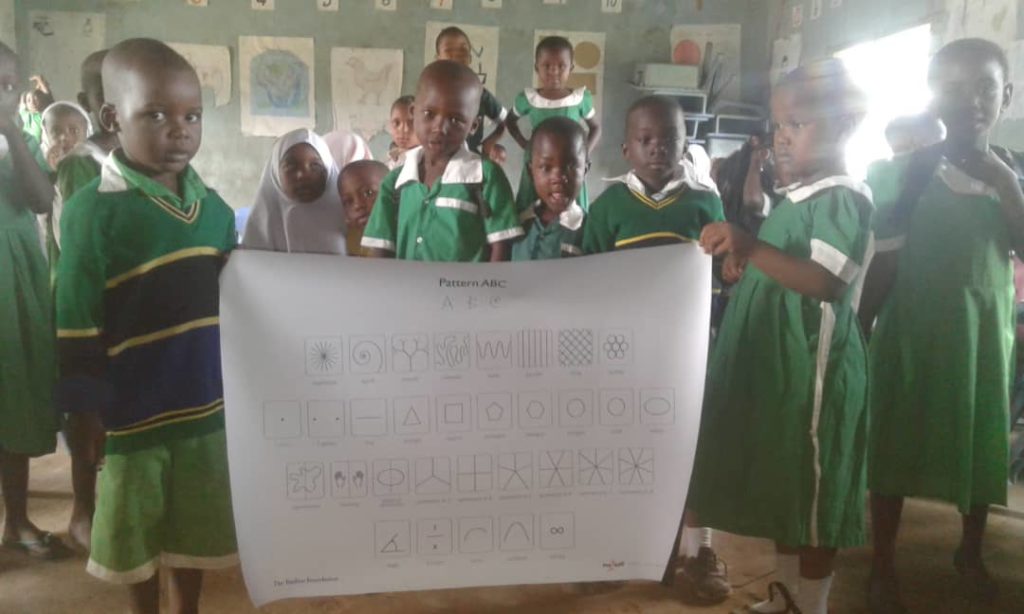
The Pattern Alphabet Pilot in Tanzania tested the way nature builds as a preschool learning tool. Spatial reasoning is equal to verbal and math as a cognitive ability, and yet we have no system to learn it as we do with language and numbers.
Here is a 10 minute video featuring the system, the students, the creators, and the research outcomes.
With funding from the Radius Foundation, the na2ure team was able to create a curriculum based on the Pattern Alphabet. We aligned the lessons with the UN Sustainable Development Goals for Preschools and piloted them in Tanzania, a low-income setting where UNICEF has a history of testing.
Lead researcher Dr. Dina Borzekowski from the University of Maryland School of Public Health, partnered with Dr. Charlotte Cole of Blue Butterfly Collaborative, to design a research study that included a multi-week intervention that tested the use of the cards in schools in Morogoro, Tanzania
A total of 428 kids from 21 schools participated in the study, with half receiving the Pattern Alphabet lessons. The lessons encouraged children to use their senses to connect shape learning to the world around them.
The Pattern Alphabet is a system of naturally-occurring growth patterns that have been grouped together by artist, sculptor and mom Alex Wolf, the founder of na2ure. We hope to popularize the use of the Pattern Alphabet system and Cards to help kids develop spatial skills.
Our universal mother tongue is visual. It is made up of the patterns and shapes that mother earth uses to make everything. It is the language we communicate in before we have words. A visual syntax with spatial grammar.
While many languages use an alphabet to represent verbal sounds and words in writing, and numbers are used to communicate mathematical and scientific ideas, a third set of symbols can visualize scientific, artistic and design ideas – they are nature’s patterns, the core set is collected into an “alphabet” called the Pattern ABC.
The patterns and learning from nature draw on the pinnacle of human creativity, Leonardo Da Vinci, who was both an artist and a scientist, and as a result also an inventor. Alex suspects from her RISD education that the more children see the world through these two lenses simultaneously — art and science — the more they will engage creatively in STEAM subjects, using spatial visualization in their imaginations, and when they look at things.
Studies show that drawing as a form of note taking in school confers higher understanding and retention. We can bring pattern and shape learning to preschool children with drawing, making, and movement activities. Representing ideas well is powerful no matter what your subject or topic.
After the intervention, we found shape learning improved, in naming and in identifying, and that correlated to learning letters and numbers.
We hope to address how spatial is developed in UN SGD curriculum guidelines for global preschools.
“[The] study offers evidence that an educational intervention featuring shapes and patterns can be delivered in a low income country where vulnerable children live in a challenging environment.” Dr. DIna Borzekowski.








